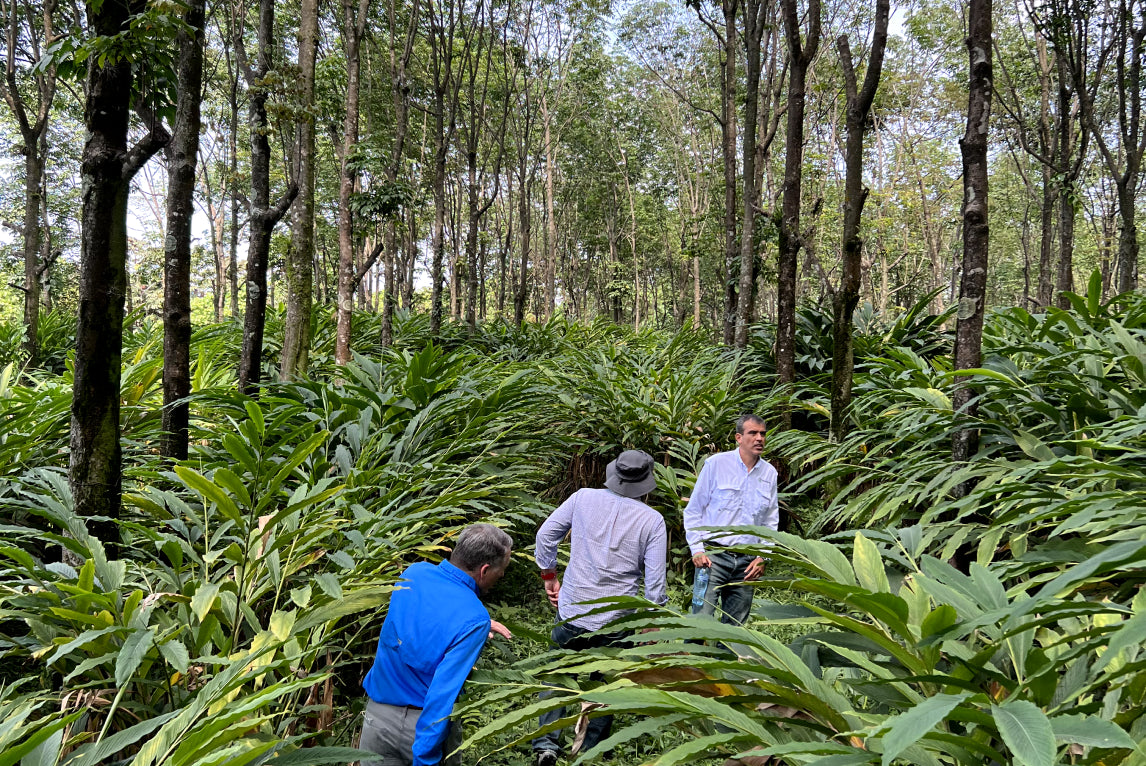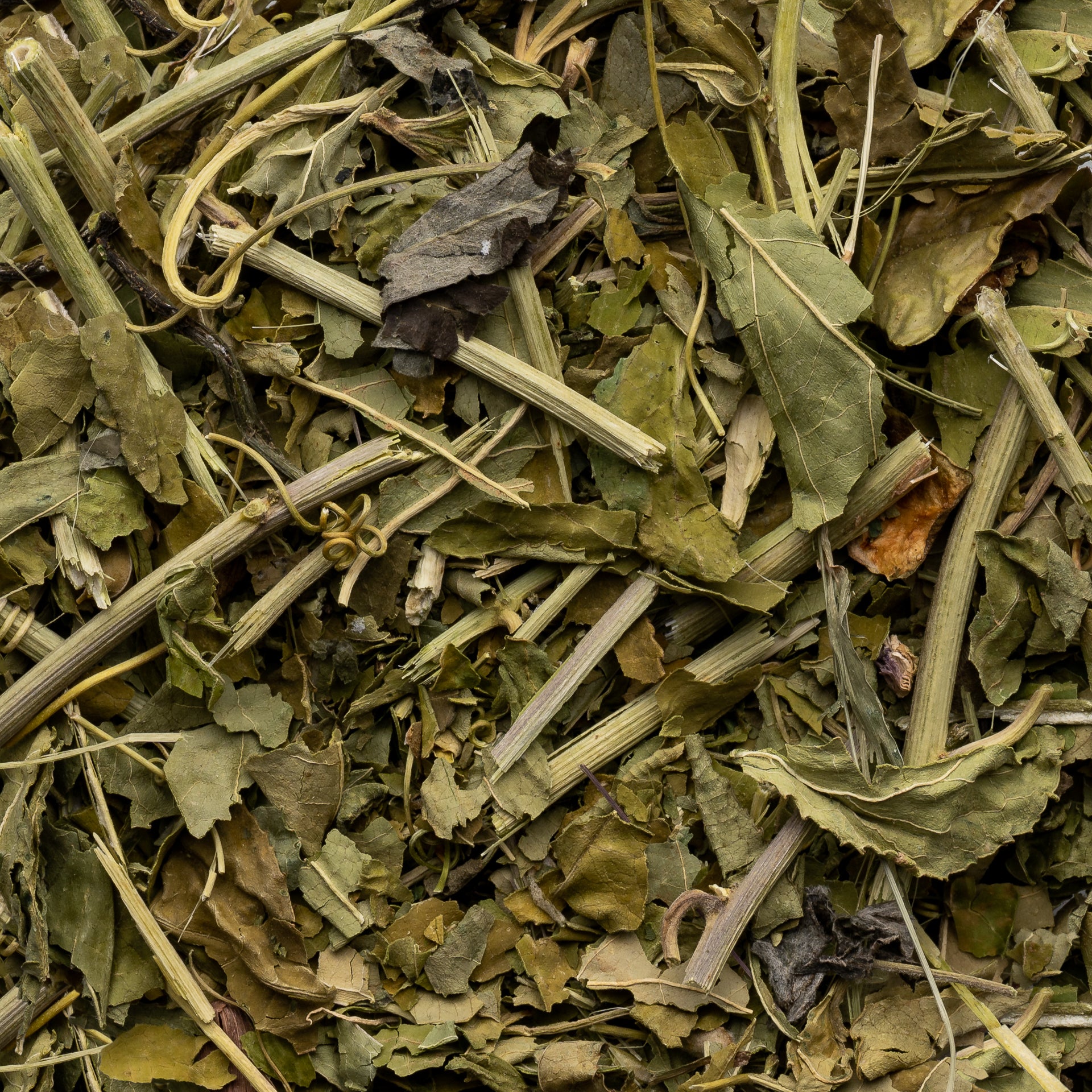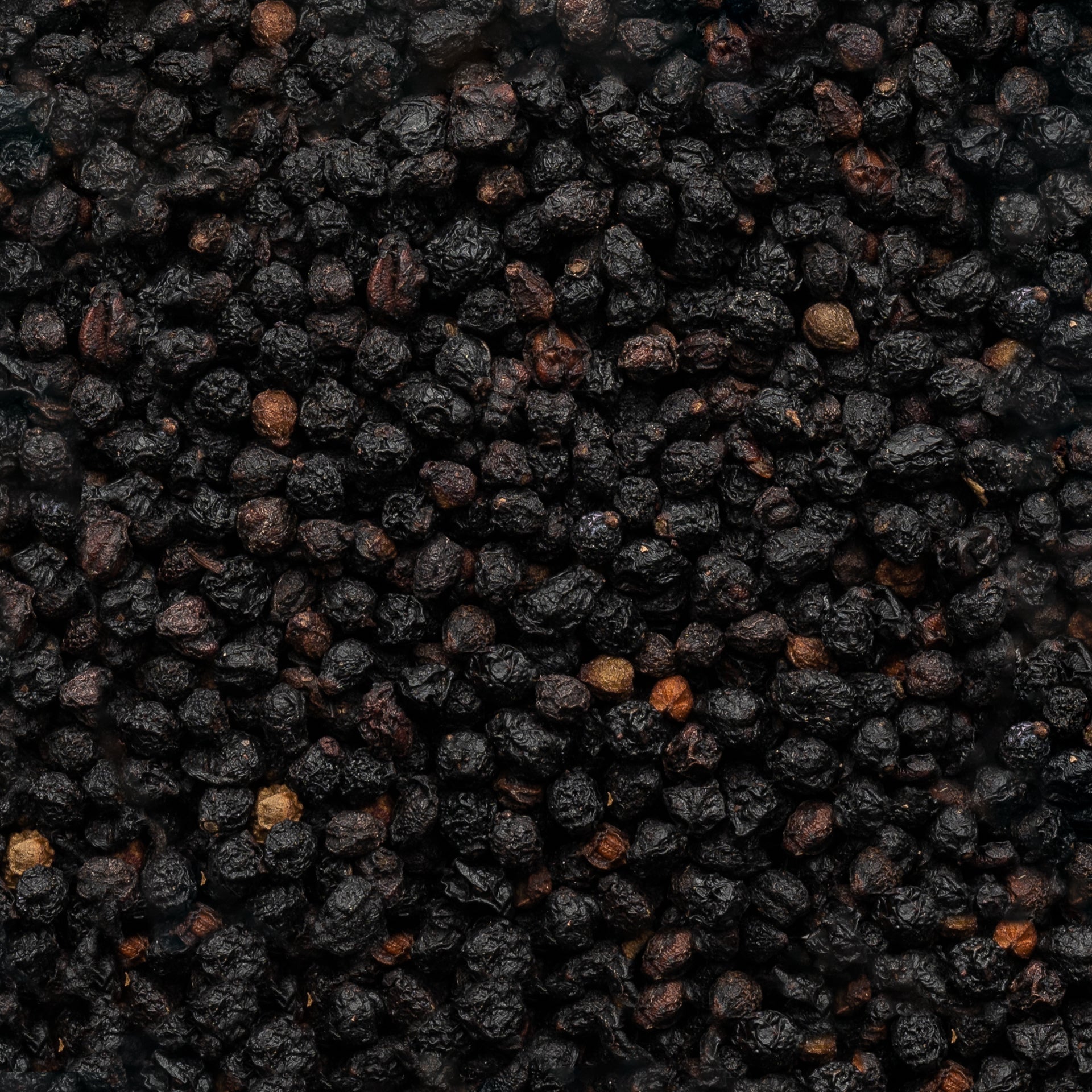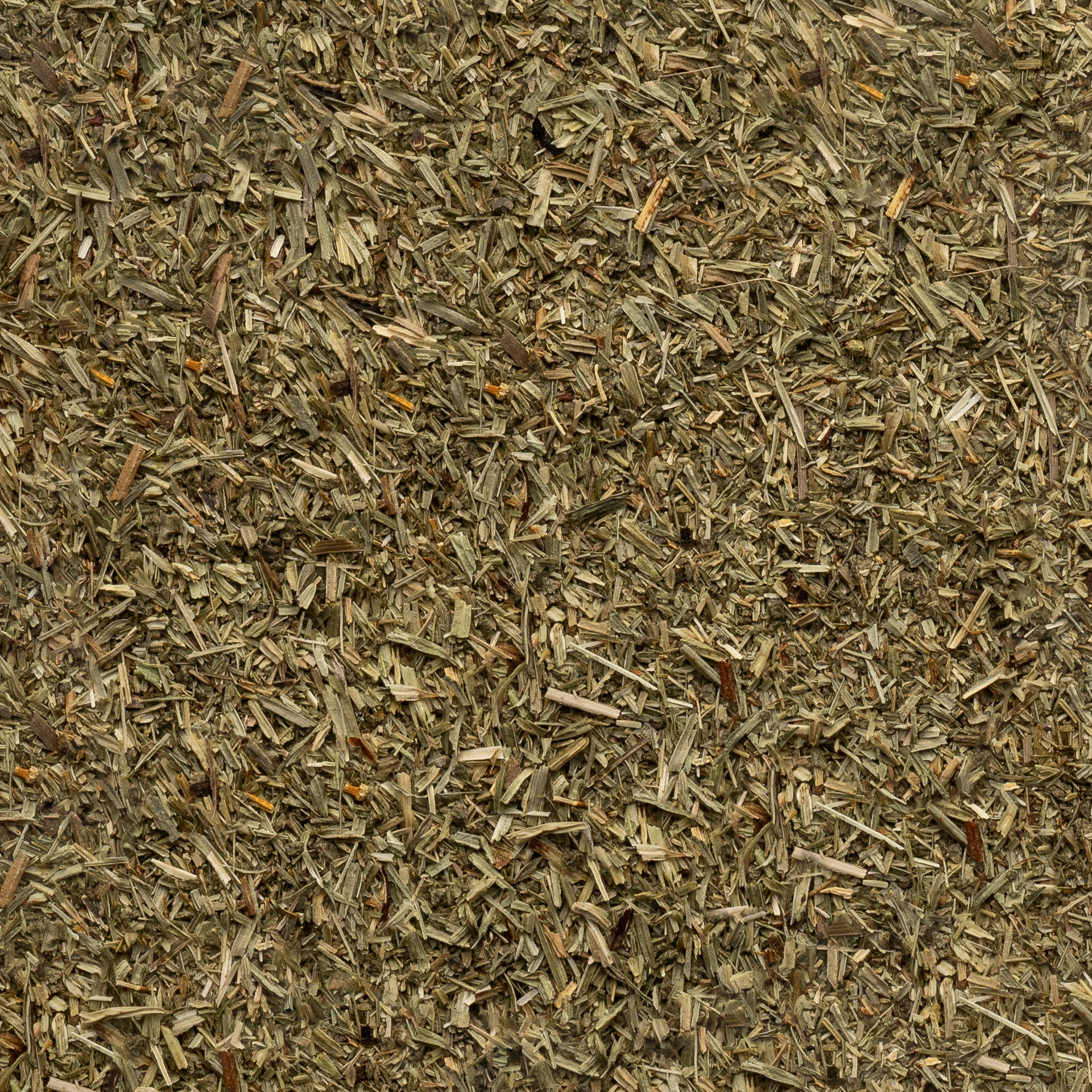Name: Capsicum annuum
Origin: Spain, Isreal, Peru, Hungary, China
Aroma: Sweet, Earthy
Flavor: Mild, Sweet
Our Products: Powdered, Smoked
Contact PGI for micro reduction, roasting, blending, milling, and social involvement with growers.
History
Paprika is native to the Americas but didn’t gain global notoriety until the pepper plant was brought over to Spain in the 16th century. Originally it was displayed for decoration by the nobility and wealthy citizens of Hungary. This plant was popularized as decor before it was ever considered for use in various cuisines throughout Europe. In 1570 the pepper plant was mentioned to be in Margit Széchy’s, a Hungarian aristocrat, garden titled “Red Turkish Pepper”. By the 17th century the Capsicum annuum plant was being cultivated to treat the Typhus epidemic and by the 18th century, paprika was being introduced as a spice to various countries through trade by the Turkish. After this point in history, paprika begins to pop up in many different recipes throughout the known world, with Hungary playing a large role in cultivating their own specialty species. In Aztec mythology, the deity Chantico, goddess of hearth fires, personal treasures, and volcanoes, was said to have eaten paprika with roasted fish after a religious fasting period. At the time eating paprika after religious fasting was forbidden in Aztec culture. Punishment for this was handed down by Tonacatecuhtli, the creator god, who turned her into a dog.
Traditional Uses
Paprika has many uses in folk medicinal journals and has been well documented in scientific journals to have high levels of Vitamin C, even more so than citrus fruits and tomatoes. Prof. Albert Szent-Györgyi won a Nobel Prize in 1937 for isolating and obtaining Vitamin C from paprika as a cure for scurvy. Other folk benefits associated with paprika is the ability to aid digestion, improve circulation, normalize blood pressure, protect the digestive tract with its antibacterial properties, strengthen the immune system, and help the body absorb and assimilate iron. This beautiful spice has many other medical remedies from different cultural perspectives but it can also be used as a dye to produce a vibrant orange hue used for clothing and hair coloration, some face mask recipes also employ paprika for glowing skin.
Paprika Tonic
- 1 tsp Paprika
- 1/2 a lemon - juiced
- 1/2 tsp raw honey
- 6 oz filtered water
Pour lemon juice into your favorite mug and add paprika and honey. Bring water to a rolling boil and slowly pour into your mug while stirring. Enjoy as soon as it’s cool enough to sip on. For added spice and benefits peel then chop 1” of ginger and add to the water while it’s heating up. This tonic can help cleanse the body during the flu as well as energize you first thing in the morning or before a workout!









